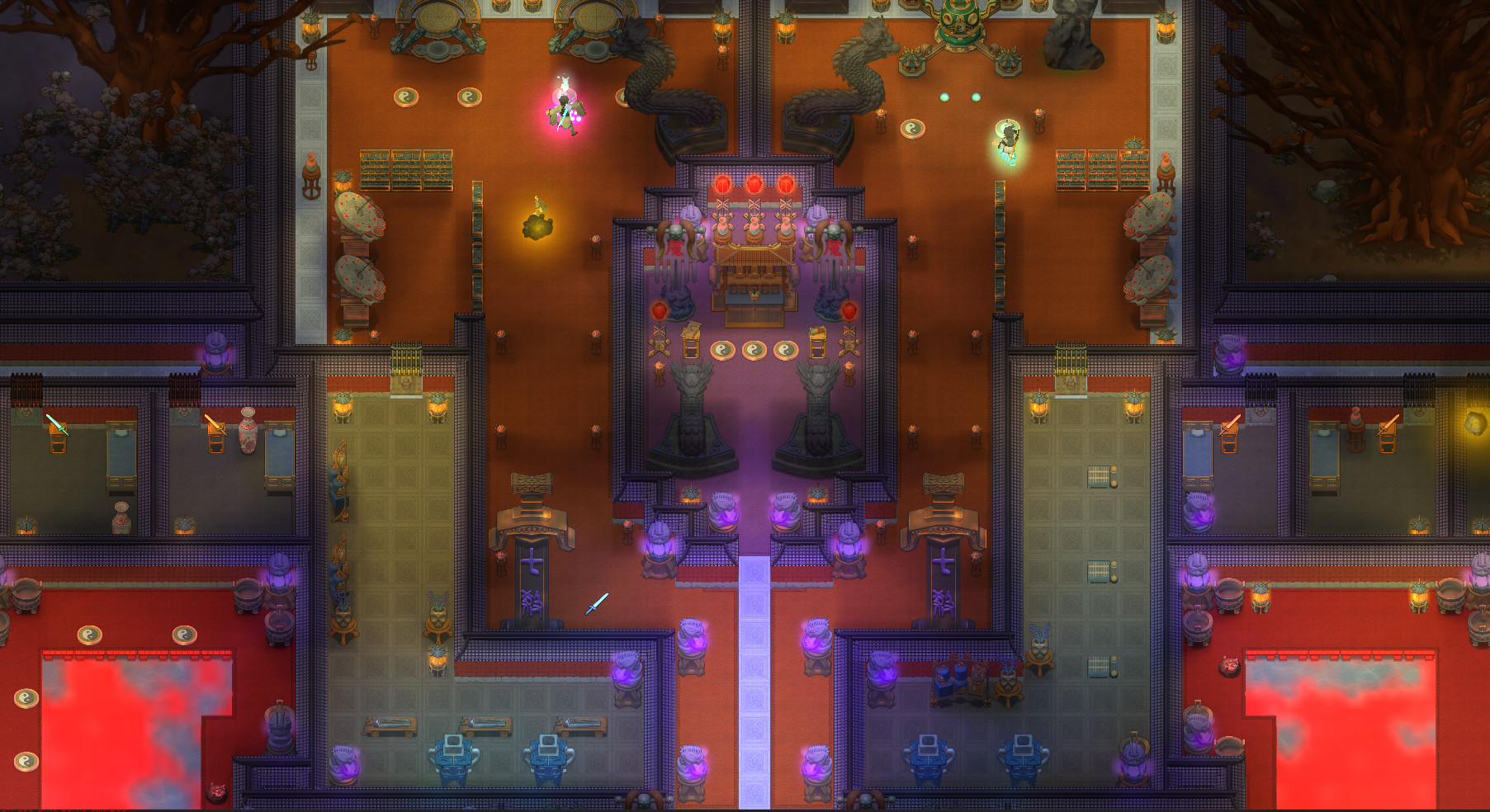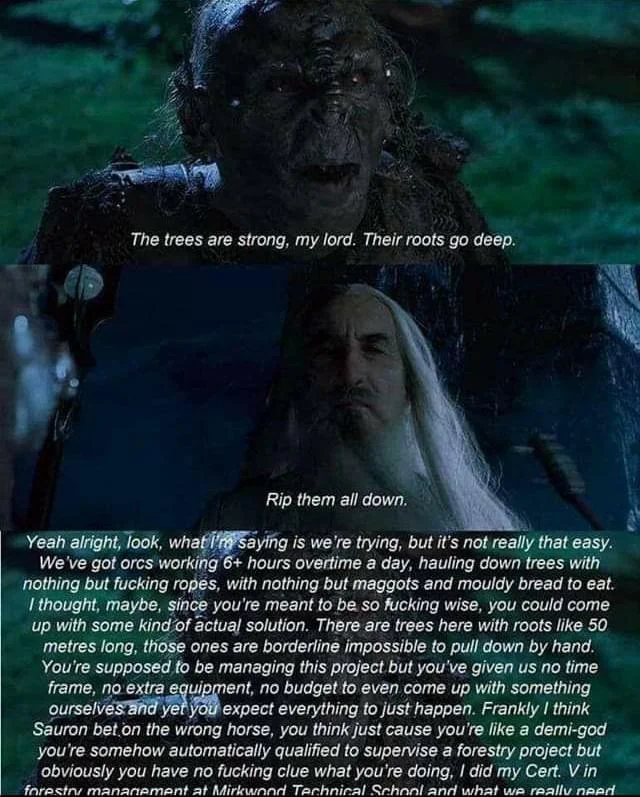Log: 4/16/2021
This week: post-growth bicycle manufacturing, a Daoist “Cultivation Simulator” (!!), and the end of development (and growth?).
Material challenges of bicycle manufacturing in a post-growth world, Philippe Gauthier
An exercise in thinking through how exactly bikes–an industrial product that is probably essential in most visions of a sustainable/degrowth–would be produced in such a post-growth world. It’s an interesting thought exercise in that bicycles are close to an ideal technology, but complicated in important ways. They are mechanically straightforward with relatively few parts, especially compared to many of the other devices, but are still composed of technically-complex materials. They are relatively easy to repair and long-lasting, so production doesn’t need to be non-stop–achieving bicycle “saturation” among a population is possible (if you consider the existing stock of bicycles, we might have already achieved saturation)–but maintenance still requires products like chain grease, bike pumps, and tools. There’s relatively little variance among bicycles: aside from differences for bodies like frame sizes and seat shapes and maybe some alterations for different environments like types of tires, bicycles are more similar than they are different.
A lot of questions come up when thinking through this. Nowadays bicycles vary tremendously in price range, with cheap ones made of bad steel and extraordinary expensive ones made of more exotic materials like carbon fiber. What materials provide the best trade-offs for price, energy intensity, resource requirements, production complexity, and so on? What scale of production makes the most sense (maybe regional factories)? Will there be regional variances in bicycle production because of resource availability (maybe wood instead of steel or aluminum)? How is waste like popped inner tubes handled? Do we have specialist bicycle manufacturers or are is their production more on-demand at generalist facilities?
I would love to read more deep dives like this!
The End of Development , Tim Barker
Are we coming to the end of growth? Degrowth feels less like the active pursuit of ending growth and more like stopping the desperate attempts to squeeze out one last drop and managing the damage that happens when it does end on its own. But if growth will end on its own, how do we know when it has? How can we tell if we aren’t just in a “slump” on the road to yet further gains? A reasonable place to look for signs of the end of growth are in developing countries, who, as the label implies, should theoretically have the most room to grow.
Conventional wisdom says that development in the economic sense happens through manufacturing, but the power of manufacturing to grow economies has waned:
Rodrik’s observation is that deindustrialization has been happening across the Global South as well, where industrial employment has already peaked and begun to decline. This is “premature” in the sense that the peaks are coming at a lower level (measured in share of employment and output or the level of national income) than they did in the now-rich countries that industrialized earlier. At the height of the golden age of capitalism in 1973, Japan, Germany, and the UK had roughly 40 to 50 percent of their populations working in manufacturing. In Brazil, by contrast, the peak, reached in 1986, was 23 percent; for Nigeria, in 1991, it was just 13 percent.
Service-led growth was put forward as an alternative development path, but growth driven by services pales in comparison because productivity in services does not grow at the same rate that they do in manufacturing and they seem incapable of employing as many people:
Rwanda, which averaged over 8 percent annual economic growth from 1995 to 2015, has also been offered as an example of service-led growth. A major component of the country’s “service exports” is tourism, which is said to have grown over 20 percent per year between 2002 and 2012. As with India, even proponents of the service strategy give reason for skepticism. In this case, “The main driver of tourism, gorilla trekking, is reaching full capacity,” economists Ggombe Kasim Munyegera and Richard S. Newfarmer wrote in 2018, “and the country needs to develop additional attractions to keep the sector growing.” Even if these attractions materialize, which one hopes they will, it is important to remember we are talking about growth from a very low baseline. In terms of purchasing power–adjusted GDP per capita, Rwanda ranks 166th in the world. There is no evidence here of a way for poor countries to become middle-income countries.
Manufacturing demand is limited; eventually you reach a kind of saturation unless demand is stimulated/constructed in some way (I’m reminded of Aaron Benavav’s Automation and the Future of Work):
Unlike in the United States, investment in China is not held back by the requirement that it produce private profits. But even unencumbered by this requirement, Chinese officials find they have run out of outlets for public investment: “We have plenty of bridges and roads already,” an official from Sichuan Development, a state-owned enterprise, told the Financial Times in 2019. Over the last decade, Chinese manufacturing has also declined as a share of employment and value added.
The end of the piece talks about “just-in-case” production (in contrast to “just-in-time”) where overcapacity becomes a virtue, i.e. a buffer against catastrophes like a pandemic, and a turn towards domestic production for domestic needs rather than export-led growth. I’ve seen more talk of domestic manufacturing as a national security issue in the US amid the supply chain scares of COVID-19; but in the context of developing countries such an inward turn is more about serving the population’s needs (which I guess is a national security issue from the perspective of some people). But my understanding is that the debts that many of these countries hold basically require them to pursue export-oriented development as part of those agreements and out of necessity to pay back those debts? And domestic production will be undercut by cheap imports, so such capacities will struggle to develop. This part reminds me of Ha-Joon Chang’s great series, “Economics for People” and his book Kicking Away the Ladder where he discusses how critical protectionist policies were in the early development of the rich countries.
I wonder, when does growth != accumulation? That is, is growth always just the rearrangement of wealth or wealth-potential, and how much of the growth of the rich nations is just the capturing of the wealth of the rest of the world? Poorer countries can’t really replicate that.
Amazing Cultivation Simulator
I find a lot of interesting stuff while searching for images, and this time I found Amazing Cultivation Simulator, a Rimworld/Dwarf Fortress-like game but set in a world of Chinese mythology.
It’s really overwhelming. Way more like Dwarf Fortress in terms of complexity than Rimworld. It actually might be more complicated than Dwarf Fortress. I only played very briefly–I don’t know when I’ll have a chunk of time to dive more deeply into the game, but it looks like there are tons of different subsystems and subgames that could take weeks to fully digest. They all look interesting though, like the feng shui mechanic. But these games walk a fine line between a engaging story generator and a meticulous management nightmare.
It’s listed as only Windows, but runs decently on Linux through Proton.



